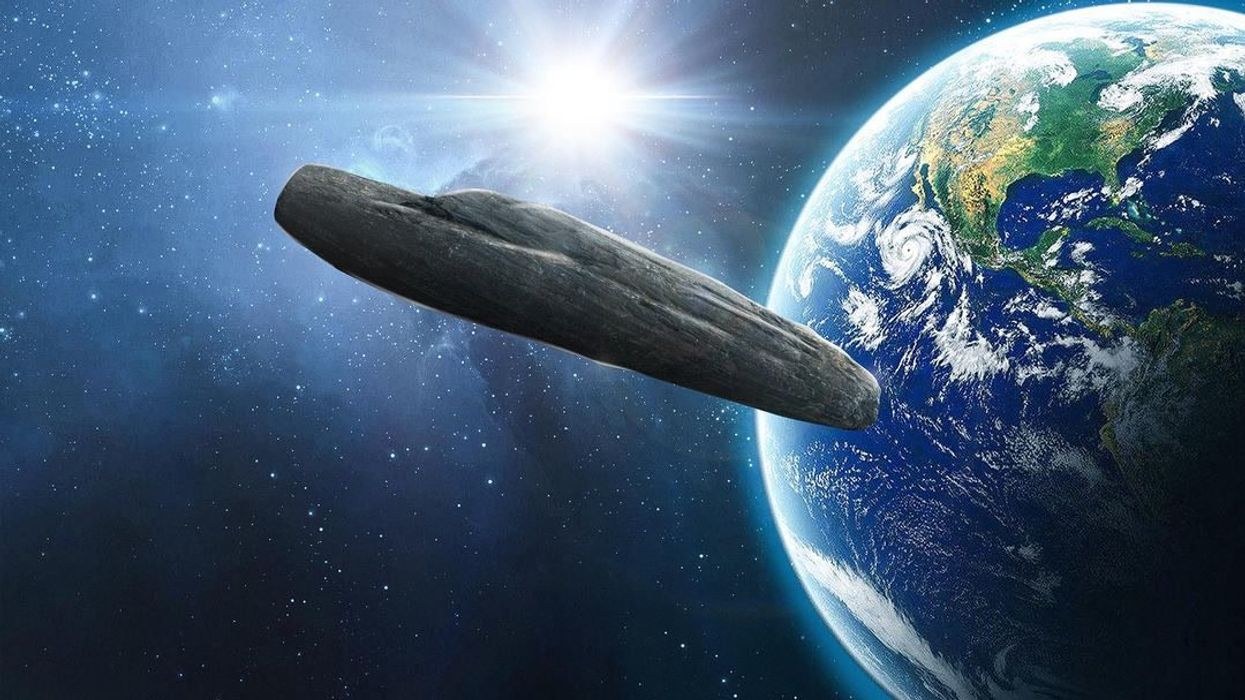Harry Fletcher
Feb 20, 2024
What If Aliens Brought Life to Earth?
Underknown / VideoElephant
The Earth’s orbit might feel like one of the most fundamental things in our universe, unchanging for billions of years, but it was actually very different at one stage in our planet’s history.
New research has looked into a chance encounter with a passing star millions of years ago, which may have caused the Earth’s orbit to change and unleashed devastating change.
According to a new study published in The Astrophysical Journal Letters, the relatively close passing of a star 56 million years ago caused the Earth’s temperature to rise by eight degrees centigrade.
The rise in temperature during this time period has been something of a mystery among the scientific community for years, but new research claims to have solved it.

The people behind the new study are planetary scientist Nathan Kaib of the Planetary Science Institute and astrophysicist Sean Raymond of Bordeaux’s Laboratory of Astrophysics.
Their study points to the passing of a star, which they claim came close enough to change planetary orbits in the solar system. The change in temperature came during the period known as the Paleocene-Eocene Thermal Maximum.
Kaib said: "It has already been proposed that Earth's orbital eccentricity was notably high during this event but our results show that passing stars make detailed predictions of Earth's past orbital evolution at this time highly uncertain, and a broader spectrum of orbital behavior is possible than previously thought."
Kaib added: "One reason this is important is because the geologic record shows that changes in the Earth's orbital eccentricity accompany fluctuations in the Earth's climate,"
Stars passing close enough to potentially alter orbits are relatively rare occurrences, but their impacts can be huge. It’s estimated that a star passes within 50,000 astronomical units (one astronomical unit being roughly the distance between the Earth and the Sun) around once every million years, while one is thought to come as close as 10,000 astronomical units to Earth around every 20 million years.
Sign up for our free indy100 weekly newsletter
How to join the indy100's free WhatsApp channel
Have your say in our news democracy. Click the upvote icon at the top of the page to help raise this article through the indy100 rankings
Top 100
The Conversation (0)














